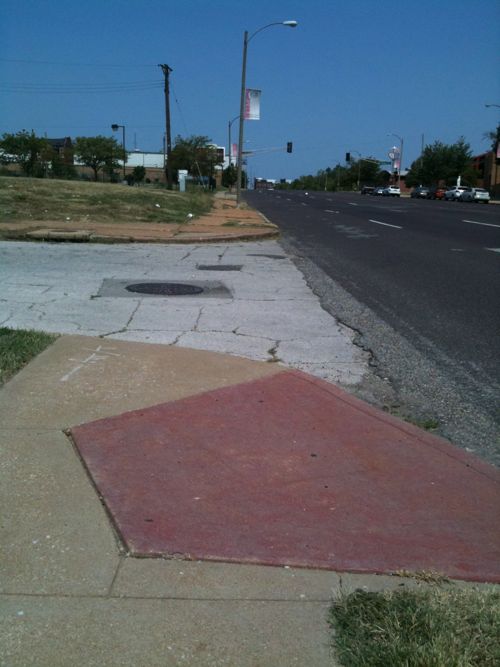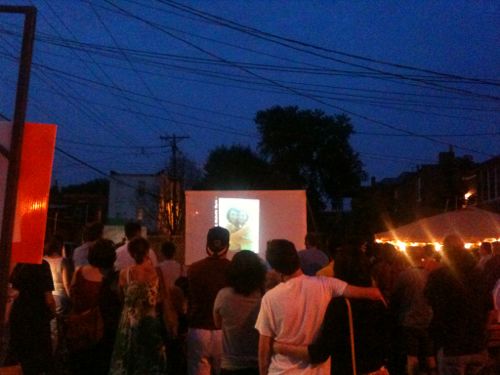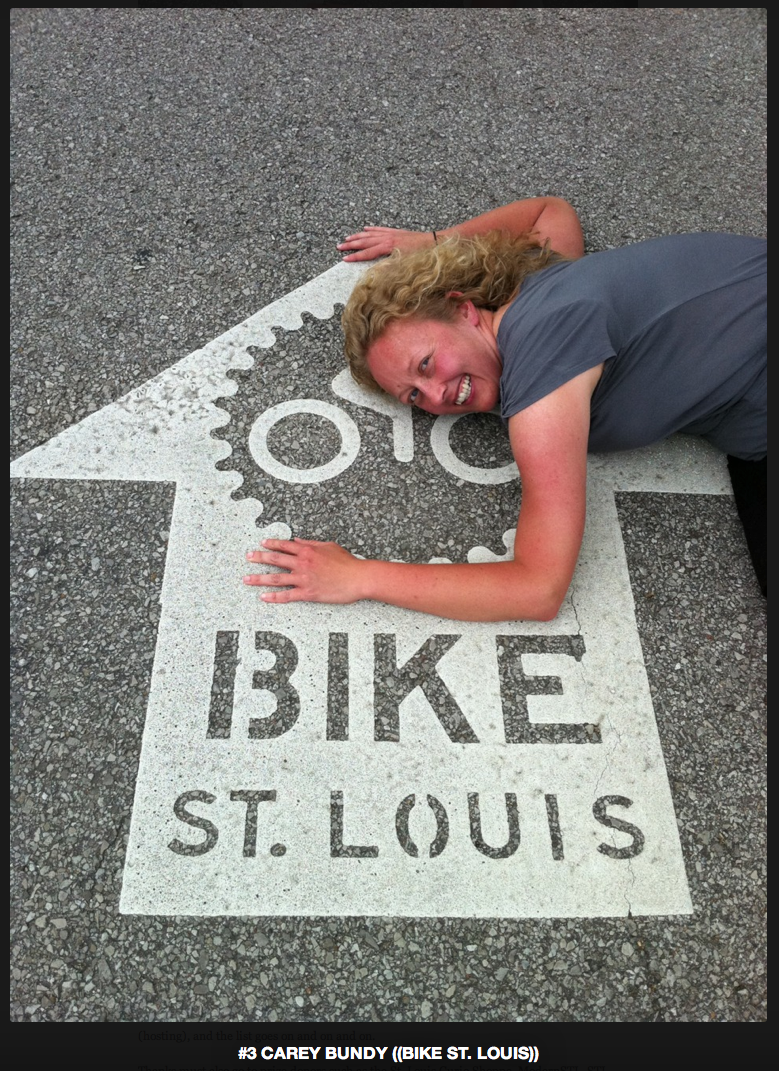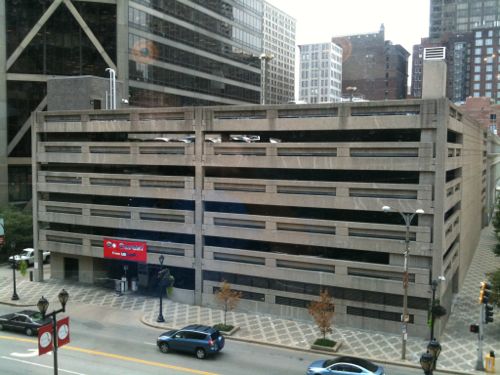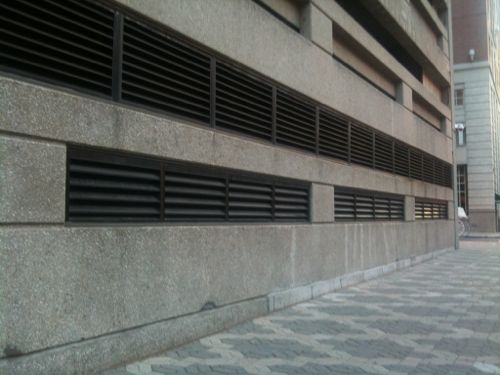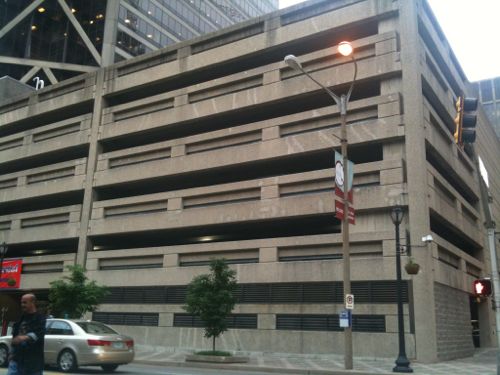Earlier this month I attended a couple of events with Peter Kageyama, author of For the Love of Cities. In his presentations he talked about attachment with where we live, quoted here from his website:
“A 2009 Gallup study that looked at the levels of emotional engagement people have with their communities, found that just 24% of people were “engaged†with their community. Gallup also found a significant relationship between how passionate and loyal people are to their communities and local economic growth. The most “attached†communities had the highest local GDP growth. Despite this, it feels as though our places and our leadership have forgotten how to connect with us emotionally and our cities have suffered because of it.”
Attachment, he explained, might be as simple as voting, going to a PTA meeting, etc. Forty percent were not attached, thirty-six percent were neutral, and only twenty-four percent attached. See the Gallup Soul of the Community website for the detailed reports.
“Over the past three years, the Soul of the Community study has found a positive correlation between community attachment and local GDP growth. Across the 26 Knight communities, those whose residents were more attached saw more local GDP growth. This is a key metric in assessing community success because local GDP growth not only measures a community’s economic success, but also its ability to grow and meet residents’ needs.” (p5 2010 report)
I asked  Peter Kageyama to say a few words to St. Louis:
httpv://www.youtube.com/watch?v=onzX9eYYXv8
Good advice! In the presentations he mentioned a January 2011 report in Newsweek listing the top 10 dying cities. Â Those listed were:
- 10. Grand Rapids, Michigan
- 9. Flint, Michigan
- 8. South Bend, Indiana
- 7. Detroit, Michigan
- 6. Pittsburgh, Pennsylvania
- 5. Cleveland, Ohio
- 4. Rochester, New York
- 3. Hialeah, Florida
- 2. Vallejo, California
- 1. New Orleans, Louisiana
Newsweek wrote:
“Michigan dominates much of this list, with several cities experiencing significant declines in population as the state suffered high unemployment rates and above average foreclosures in recent years due mainly to the collapse of the auto industry.”
As you can imagine Grand Rapids wasn’t pleased. Â But their response was not the typical stuffy political press release as if so often the case from municipalities. Check out this news report:
httpv://www.youtube.com/watch?v=enq7Rogtus8
In short the city leaders listened to a 20-something controversial local artist, Rob Bliss. The result was the 9+ minute Grand Rapids LipDub:
httpv://www.youtube.com/watch?v=ZPjjZCO67WI
This video has now been viewed more than 4 million times! The $40,000 production cost was raised through private donations and was a bargain given the positive PR it has generated for Grand Rapids. Thousands of residents participated. Newsweek said they didn’t do the study and they think better of Grand Rapids.
Another town Kageyama mentioned was Braddock PA, a 19th century suburb of Pittsburgh. It has lost 90% of it’s population from a peak of 20,879 in 1920. Â They know they have issues, no rose colored glasses. They partnered with jeans maker Levi’s on the following:
httpv://www.youtube.com/watch?v=2YyvOGKu6ds
“People think their are no frontiers anymore, they can’t see how frontiers are all around us.”
“Maybe the world breaks on purpose, so we can have work to do.”
Powerful stuff! Thanks for the Regional Arts Commission (RAC) and STL-Style for bringing Peter Kageyama to St. Louis!
– Steve Patterson
